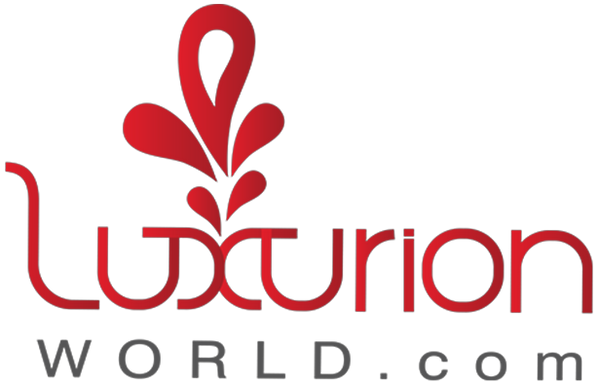When the world is humming with “sustainability” and “environment-friendly” as the newest big trends of the future, for many centuries, innumerable crafts have existed in harmony with nature. A few things are reserved to such an extent that they don’t glare out, yet so striking that one can’t resist the opportunity to welcome the style in their creation. One such specialist is the Ajrakh Dupatta.
Generally, Ajrakh is the name of a square printed fabric with profound ruby red and indigo blue foundation, bearing even examples with scattered unprinted shining white themes. An old art, the historical backdrop of the Ajrakh can be followed back to the human advancements of the Indus Valley that existed around 2500 BC-1500 BC.
The expression “Ajrak”, might be gotten from “Azrak”, which means blue in Arabic, as blue happens to be one of the chief hues in Ajrak printing. Ajrak makes items are made with characteristic colours. The whole creation of the items incorporates both vegetable colours and mineral colours. Indigo is a key colour.
Ajrakh material conveys numerous implications. The famous story among neighbourhood printers is that Ajrakh signifies “keep it today.” It is likewise connected to azrakh, the Arabic word for indigo, a blue plant which flourished in the bone-dry biology of Kachchh until the 1956 seismic tremor.
The material is made in a sixteen stage cycle of washing, colouring, printing, and drying, which requires a significant level of ability and focus to keep hues quick and even.
The real Ajrakh Hand Block Printed Dupatta is imprinted on the two sides by a technique called oppose printing. The printing is finished by hand with hand-cut wooden squares. A few distinct squares are utilized to give the trademark continued designing. Making the squares is a significant test since the example needs to synchronize consummately with the entire of the Ajrakh just as to cover different territories against colour.
Ajarak Hand Block Printing is a long cycle including numerous phases of printing and washing the texture again and again with different common colours and mordants, for example, harda, lime, alizarin, indigo and even camel excrement. The procedure of opposing printing permits selective ingestion of colour in the ideal territories just and forestalls assimilation on the zones proposed to be left uncoloured.
The crude texture in full length is gotten comprehensively through the waterway commonly, scoured, beaten, steamed, mordanted, printed with oppose mud glues from the banks of the stream, secured with powdered camel compost and ground rice husks; coloured in profound madder and indigo.
In contrast to different cycles of imprinting on material, where the shading is applied legitimately to the material, in Ajrakh block printing, the texture is first printed with an oppose glue and afterwards coloured. The cycle is rehashed and again with various types of colours, to in the end accomplish the last example in the dark red and blue tints. This continuous cycle is additionally very tedious, as the more extended a craftsman holds up before starting the following stage, the more clear the last print becomes. Hence, the whole cycle can take up to fourteen days bringing about the making of the wonderful eye-getting examples of the Ajrakh.
This art has been on a decay since the present day, speedier techniques for printing and brilliant compound colours are supplanting the regular, quieted hues and this moderate and cautious cycle of printing this customary material. In any case, with endeavours of the ace skilled workers and expanding mindfulness among the metropolitan individuals, this specialities is gradually picking up force. On account of being a domain agreeable antiquated speciality, Ajrakh, is gradually picking up visibility among the cosmopolitan.
Luxurionworld offers you a wide assortment of Sarees, Dupattas, and stoles with Ajrakh Block Printing. All pieces are restrictive and follow the best quality of coloring.




